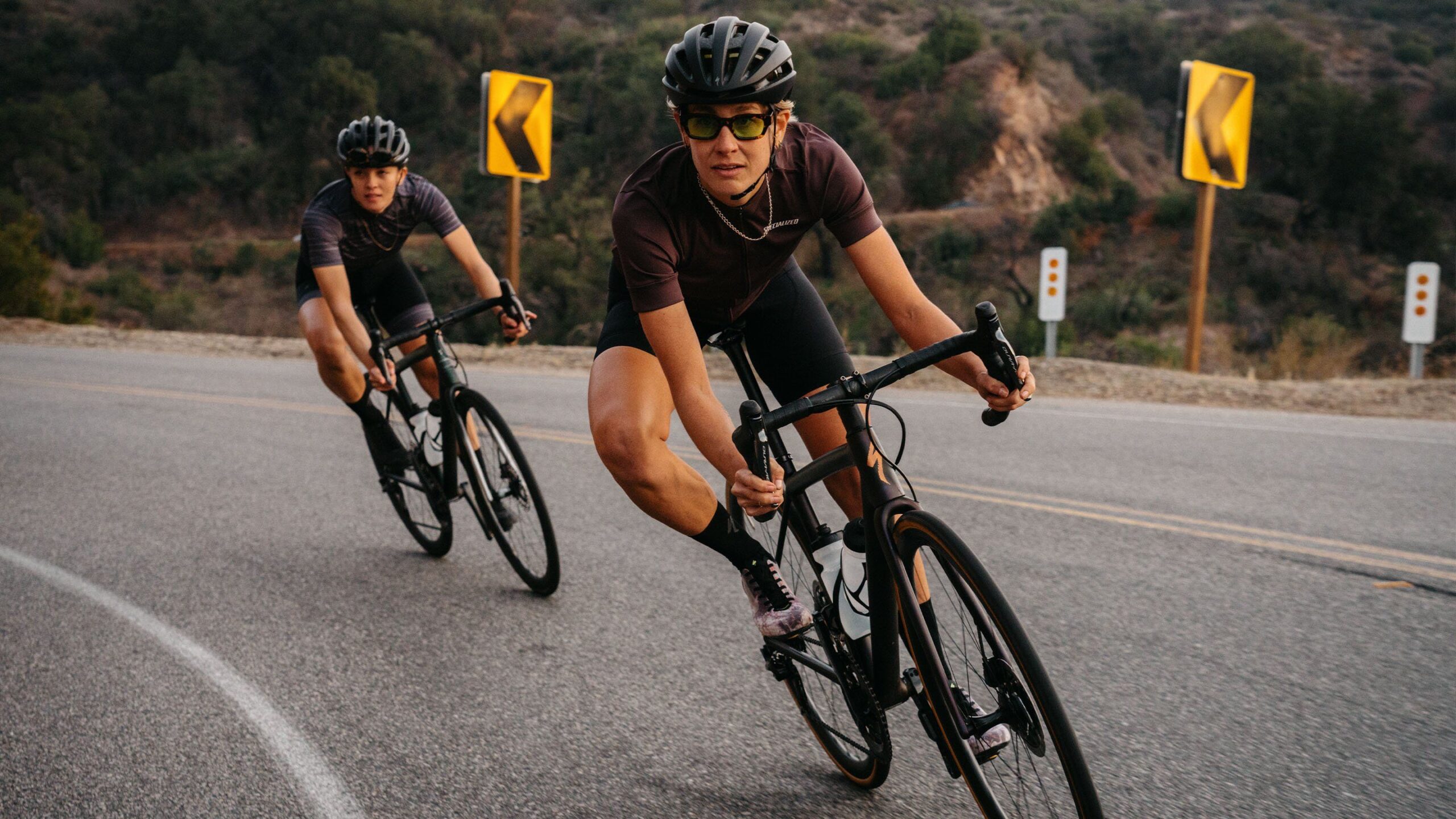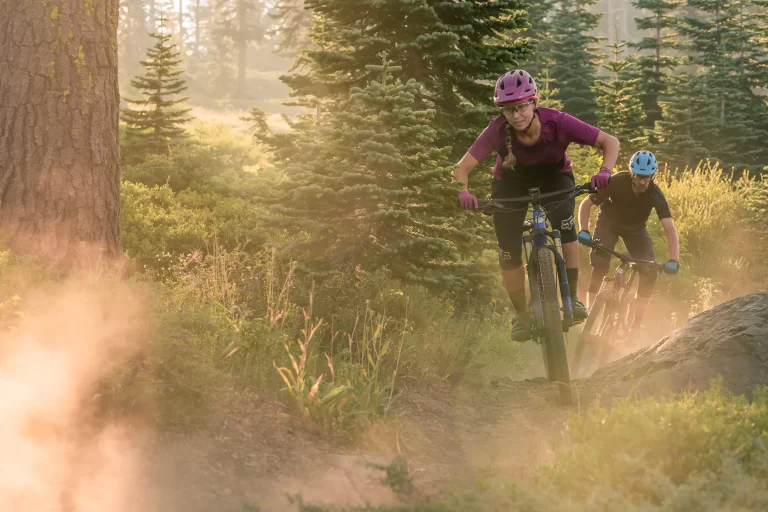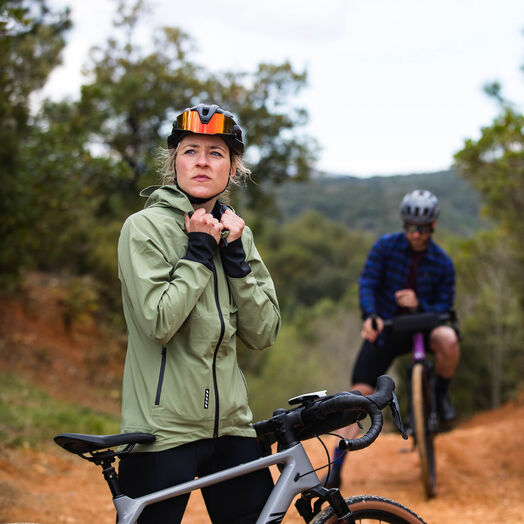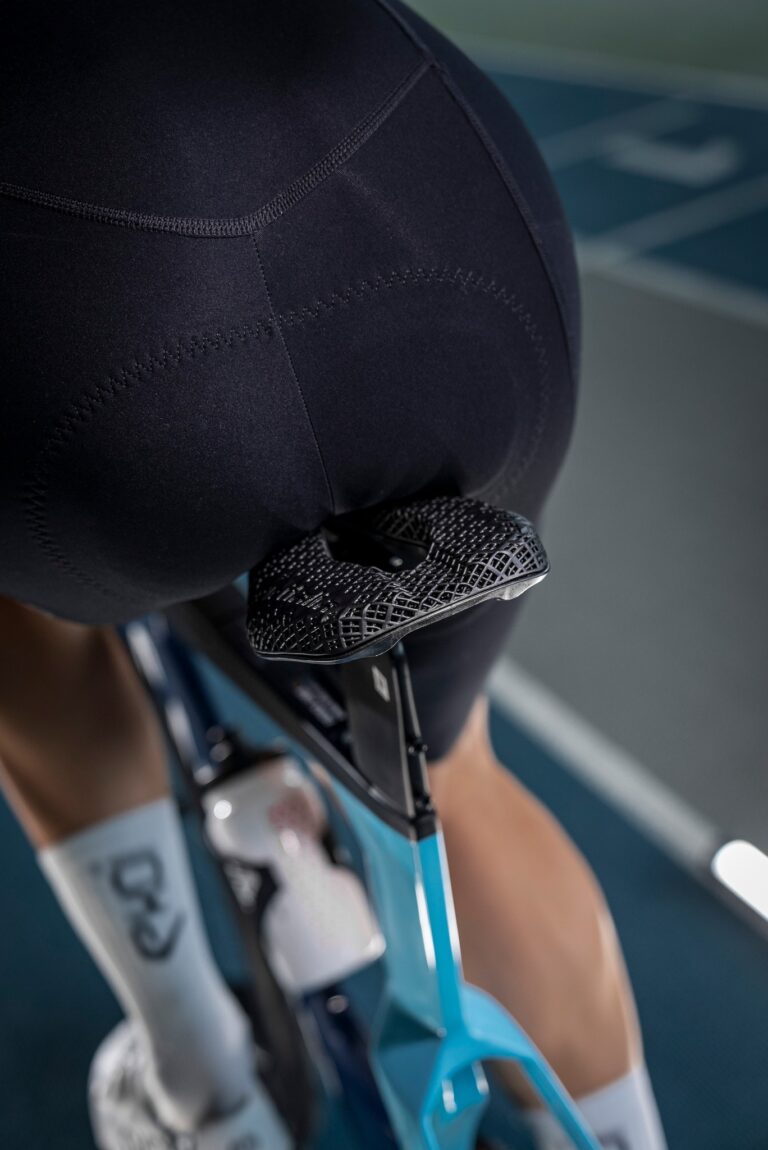Saddle Choice Based on Riding Style: Tailoring Your Choice to Your Cycling Style
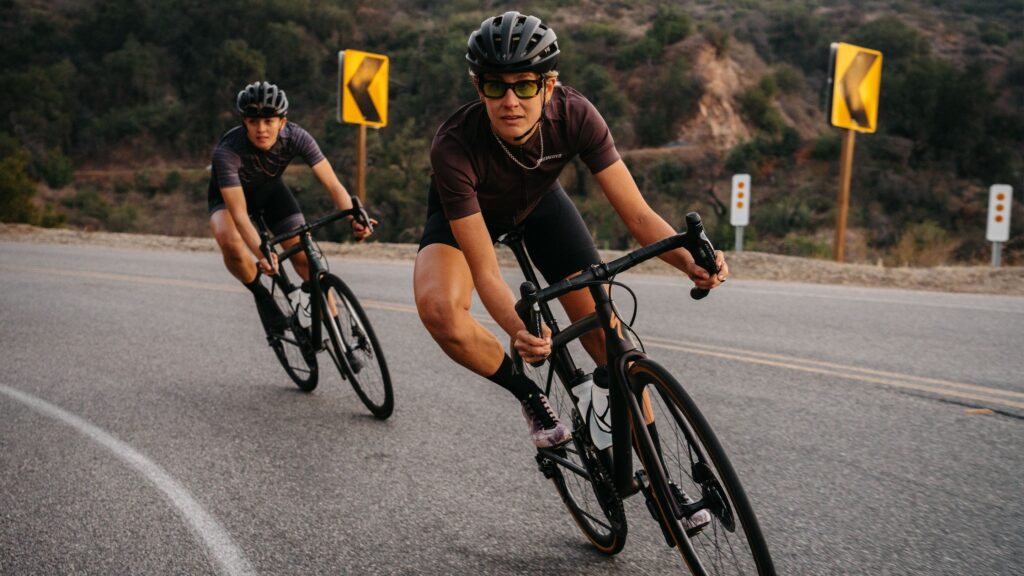
Key Point Summary of Saddle Choice Based on Riding Style:
- Saddle choice is crucial for cycling comfort and efficiency.
- The ideal saddle varies based on riding style, including road, mountain, gravel, and cyclocross.
- Features like saddle width, shape, and padding should be considered.
- Personal anatomy and riding position play significant roles in saddle selection.
Choosing the right saddle is akin to finding the perfect pair of shoes; it’s essential for comfort, performance, and enjoyment, regardless of your cycling discipline. Throughout my cycling career, which spans mountain biking, gravel grinding, road racing, and cyclocross, I’ve learned the hard way that the right saddle can be the difference between a great ride and a miserable one. For those of you navigating the complexities of saddle selection for the first time or looking to make a more informed choice, let me share some insights based on experience.
Understanding Saddle Basics
The journey to finding the perfect saddle begins with understanding the basics: saddle width, shape, and padding are all critical factors that vary depending on your riding style and anatomy. For instance, road bike saddles are typically narrow and firm, designed for riders in an aggressive, forward-leaning position. This contrasts with mountain bike saddles, which are often wider with more padding to accommodate the upright posture and bumpier rides.
Road Bike Saddles: Speed and Comfort
As someone who’s spent countless hours hunched over the handlebars of a road bike, I can attest that a road saddle’s primary goals are to minimize friction and allow full pedal power transfer without sacrificing comfort. My first road bike came with a saddle that, on paper, was top-of-the-line, but in practice, it felt like sitting on a plank of wood. It was a hard lesson in the importance of not just going for the most expensive or high-tech option but finding what fits your body and riding style.
Mountain Biking: Cushioning the Ride
Mountain biking throws a different set of challenges at riders—sudden drops, steep climbs, and the constant jostling of off-road terrain. My switch to mountain biking required a saddle change to match; I needed something that could offer support during climbs and not hinder movement when navigating technical sections. The trial-and-error process taught me the value of a saddle with a durable cover and slightly more padding without compromising on weight or maneuverability.
Gravel and Cyclocross: A Hybrid Approach
Gravel biking and cyclocross present a unique mix of requirements. The saddles need to be versatile enough to handle long, steady rides over mixed terrain, while also allowing the rider to quickly dismount and remount. My first gravel event was an eye-opener to the need for a saddle that strikes a balance between the road and mountain bike designs—a bit of padding for comfort on rough terrain, but with a shape conducive to power on the flats and climbs.
Selection and Suitability: Finding Your Fit
The most crucial lesson I’ve learned is that the right saddle feels right. It sounds simple, but with the myriad of options out there, it can be daunting. My advice? Don’t shy away from utilizing saddle demo programs many shops offer. It was only after trying several models that I found my perfect match—a process that taught me the importance of considering factors like sit bone width and flexibility.
Saddle Choice Based on Riding Style: Final Thoughts
In cycling, as in life, comfort and efficiency are key. Your saddle is where you spend the majority of your time on the bike, so it’s worth investing the time and effort to find the right one. Whether you’re sprinting on the road, tackling mountain trails, grinding gravel, or hopping barriers in cyclocross, remember that the right saddle should feel like it disappears beneath you, letting you focus on the joy of the ride.
For beginners to mid-level cyclists, my parting advice is to approach saddle selection with an open mind. Consider your riding style, be honest about your comfort and performance needs, and don’t be afraid to experiment. The perfect saddle for you is out there, and the search is well worth the reward.

For road biking, the Fizik Vento Argo 00 Adaptive is notable for its supportive comfort in various positions and is especially good for those who like a firm ride. It has a 3-D printed upper for tailored support. For endurance riders, the Brooks Cambium C15 Carved offers a firm, comfortable seat with a classic look and is made from vulcanized rubber, making it durable and weather-resistant.

FAQ
How do you know what saddle is right for you?
To determine the right saddle for you, consider your riding discipline, body geometry, and comfort preferences. Test riding different saddles and getting a professional bike fit can greatly help in making the right choice.
How do you know what shape saddle to get?
The choice of saddle shape depends on your riding position, pelvic width, and sit bone measurement. Riders with wider sit bones or those who prefer a more upright position may benefit from wider saddles with more support.
What saddle do pro cyclists use?
Professional cyclists typically use saddles that are lightweight, aerodynamic, and specific to their riding discipline. These saddles are often customized to their personal preferences and the demands of their races.
What is the most efficient saddle position?
The most efficient saddle position is generally horizontal to the ground, allowing for a balanced distribution of weight between the handlebars, saddle, and pedals. This position supports optimal power transfer and comfort, but individual adjustments may be needed for personal ergonomics and riding style.
John
